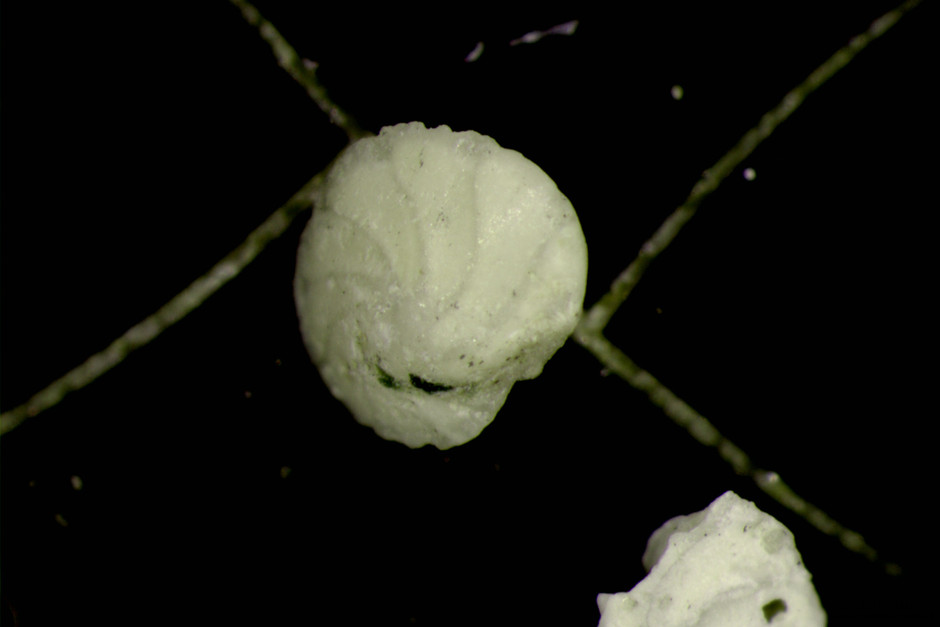Microscopic animals made of calcium carbonate
Foraminifera are microscopic, marine, single-celled animals with chambers made up primarily of calcium carbonate. They are often used for biostratigraphy and environmental interpretations, in particular in Cretaceous chalk deposits where they record details surrounding the mass extinction at the end of the Cretaceous period about 66 million years ago when an asteroid struck what is now Mexico.
The consequences of this impact are also reflected in the Swedish bedrock with a major lithological change across the boundary between the Cretaceous and Paleogene.
Differences in limestone deposits
While the Cretaceous limestone is a soft limestone formed by calcareous plankton, the limestone deposited after the mass extinction is much harder, and primarily composed of bryozoans and corals. During the 1940s several drill cores were taken in these successions across Skåne and foraminifera were prepared from the Höllviken-I and -II drill cores and determined to species by Professor Fritz Brotzen.
Unique archive of environmental changes
We currently have around 49,000 cells with foraminifera registered in our database, often with several specimens in each cell. A total of 434 genera are represented, among the most commonly occurring are Bolivina and Cibicides. These foraminifera form a unique archive of environmental change that occurred during the Cretaceous period and after the asteroid impact 66 million years ago.

